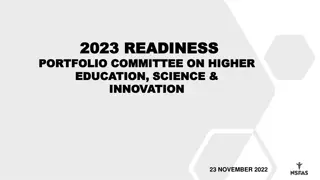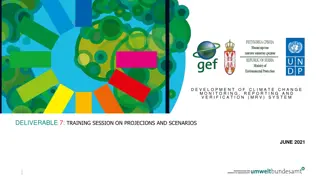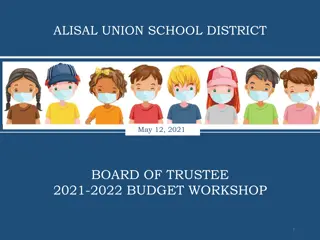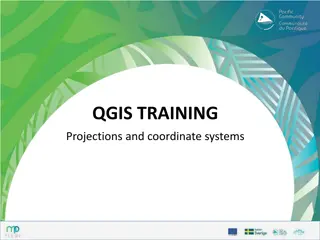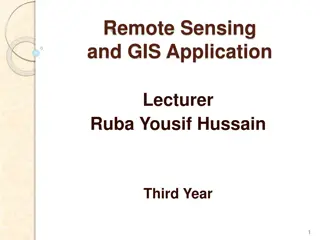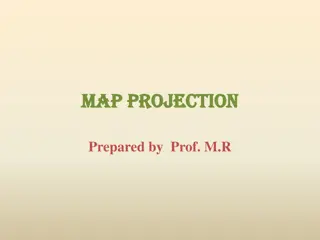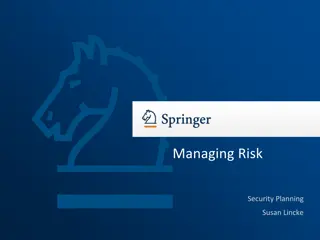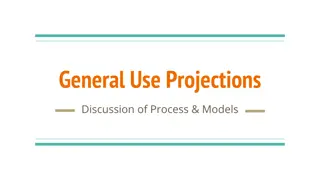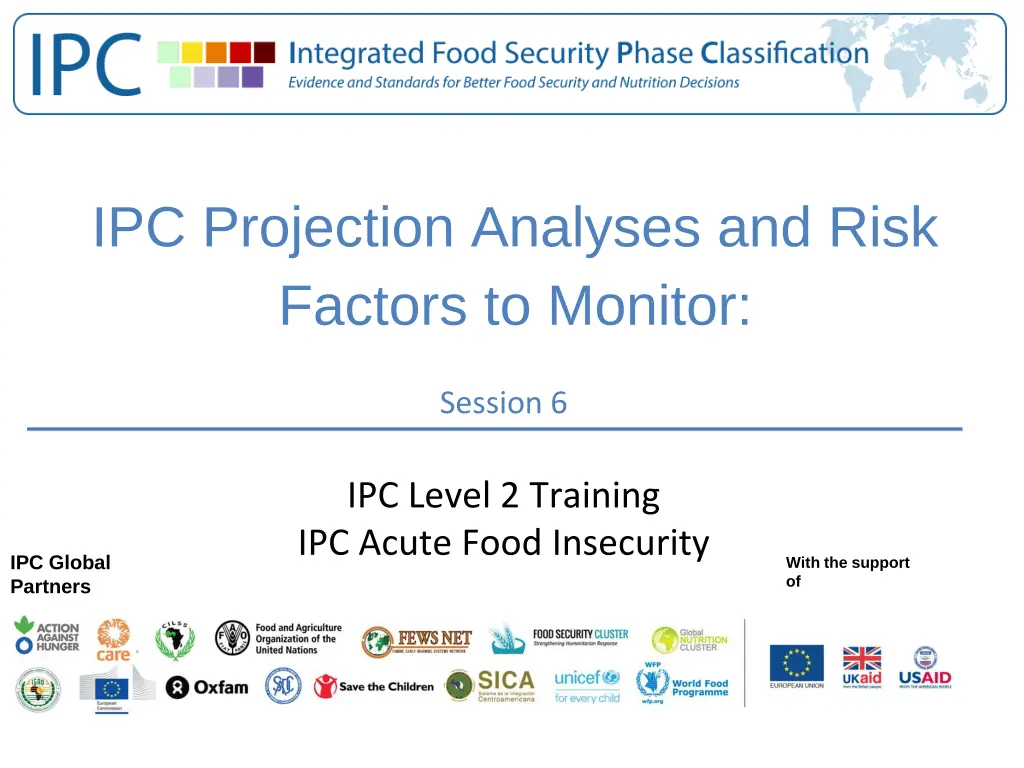
Forecasting Acute Food Insecurity: Analyzing Risk Factors and Projections
Explore IPC Level 2 Training on projecting and analyzing future conditions of food security elements amidst acute insecurity. Understand the significance of historical data, current levels, and past impacts of shocks, essential for forecasting. Dive into examples and focus areas to assess key indicators affecting food security. Enhance your understanding of forecasting based on current levels, historical trends, and past impacts of shocks to anticipate future conditions accurately.
Download Presentation

Please find below an Image/Link to download the presentation.
The content on the website is provided AS IS for your information and personal use only. It may not be sold, licensed, or shared on other websites without obtaining consent from the author. If you encounter any issues during the download, it is possible that the publisher has removed the file from their server.
You are allowed to download the files provided on this website for personal or commercial use, subject to the condition that they are used lawfully. All files are the property of their respective owners.
The content on the website is provided AS IS for your information and personal use only. It may not be sold, licensed, or shared on other websites without obtaining consent from the author.
E N D
Presentation Transcript
IPC Projection Analyses and Risk Factors to Monitor: Session 6 IPC Level 2 Training IPC Acute Food Insecurity IPC Global Partners With the support of
IPC projection analysis Step 9 (Analyse evidence) Purpose is to forecast the most likely future conditions of food security elements, taking into account their: Current levels Historical trends Past and most likely future impacts of shocks Assumptions to be kept in mind when projecting different key indicators and the overall severity and magnitude of future acute food insecurity
Example of Step 9 Bamyan, Afghanistan Jan 2020
Focus on elements It is not advisable nor feasible to try to forecast the precise evolution of all different indicators Rather analysts should focus on assessing Expected evolution of food security elements Evolution of the most important indicators likely to affect the situation (e.g. production, food stocks, prices, rainfall) Hazards and vulnerability Acute shocks and ongoing conditions Availability Access Utilisation Stability Food consumption Livelihood change Nutritional status Mortality
Forecasting based on current levels Starting point for a projection analysis is the current analysis How long do you expect your harvested cereals to last? 30% Current levels e.g. for: Outcomes Food prices Food stocks Number of population in different Phases 25% 28% 20% 23% 15% 17% 10% 13% 5% 7% 5% 2% 1% 1% 0% 0% 1% 1% 0% South Sudan FSNMS Jan 2019 To consider - When was the original data collected? - How are the levels likely to change by the projection period?
Forecasting based on historical trends Historical trends, for example in terms of seasonal changes, are useful for assessing likely future situations especially in absence of unusual shocks FCS in Marondera, Mashonaland East 80 70 60 50 40 30 20 10 Based on historical FCS data it can be estimated, for example, that the share of households with poor FCS is unlike to reach 20% or above in Marondera. 0 2012 2013 2014 2015 2016 2017 2018 2019 Phases 1-2 Phase 3 Phase 4
Forecasting based on past and most likely future impacts of shocks Shocks may either: Have happened in the past but their impact still continues, for example conflict, natural disasters or meteorological shocks May happen in the future, based on information that is currently available, for example disease epidemics or low production Cyclone Idai in Mozambique in 2019
Determining severity Based on assumptions and analysis conducted, will 1. elements and consequently 2. overall situation improve, remain the same or deteriorate? If the severity is likely to change, is it possible to know by how much? Ultimately the question is how (if at all) population estimates in different Phases are likely to change
How much? Using current population estimates as a starting point different questions can be asked: What are the characteristics of the households in different Phases? How is their situation likely to change? Conversely: which livelihood or wealth groups are likely to be most affected in the projection period? What is their share of the total population? How are their food and income sources likely to be impacted? Are the affected groups able to mitigate any food gaps e.g. by accessing other income sources?
Practical considerations Conducting projections is not easy: sufficient time has to be reserved for analysis Have team-level discussions on Expected evolution of the situation Indicative classifications Population estimates In order to ensure that final products reflect the relative severity of food security situation of different analysis areas within the larger region/province
Identification of risk factors Step 12 of the IPC Acute Analysis Worksheet Purpose: to identify triggers for analysis updates and validity of projections Example from Cueibet, South Sudan Jan 2020
Identification of risk factors Consider events that could increase or decrease food insecurity over the projection periods Examples include: consumer prices, second season rainfall, conflict etc.
Identification of risk factors Often the same or related to the key drivers of current food insecurity (Step 6) Step 6: Cueibet, South Sudan January 2020 Step 12: Cueibet
Monitoring of risk factors Typically monitoring systems cover all least the following indicators: Prices Rainfall Disease epidemics (human and livestock) Conflict
Triggers for follow-up Identification of triggers for follow-up action Systematic action may lack even if monitoring systems exist Need for and difficulties in identifying cut-offs e.g. what price increase would trigger response and possible new analysis TWG to define what risk factor triggers to use in order to update an existing analysis/conduct a new analysis
www.IPCinfo.org The End IPC Global Partners With the support of


